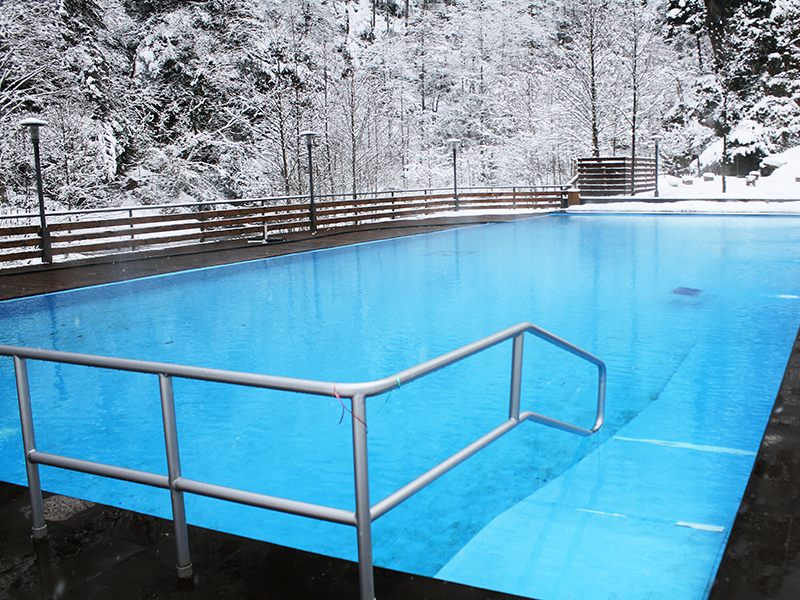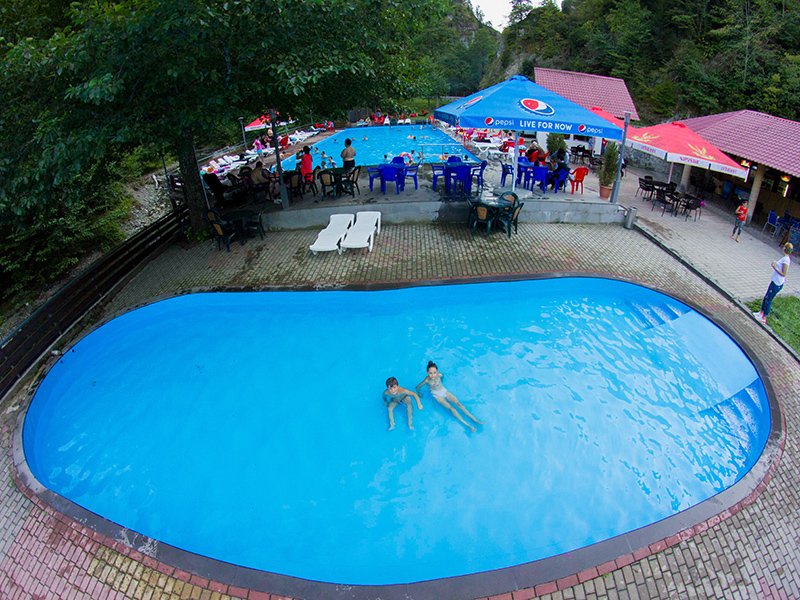Rich in historic architecture, vineyards and hot mineral springs, Imereti is a region with a long history, having been inhabited since the lower Paleolithic Age. It was an important trade and transit route in Antiquity, and part of the famous Silk Road, connecting the western world with the eastern countries. Today, the region is home to a wealth of historic monuments, including UNESCO World Heritage Sites Bagrati Cathedral (XI cent.) and Gelati Monastery (XII cent)
Besides the famous spa towns of Tsalkubo and Sairme, Imereti’s most important urban centre is Kutaisi. Located on the banks of river Rioni, Kutaisi is a city with a long interesting history, one of the oldest continuously inhabited settlements in the the world, whose origins are sometimes traced back to the Minos period (17th -15th century BC). Modern-day visitors can easily visit this ancient town full of landmarks and historic monuments, thanks to the international airport, connecting Kutaisi with over 30 European cities.
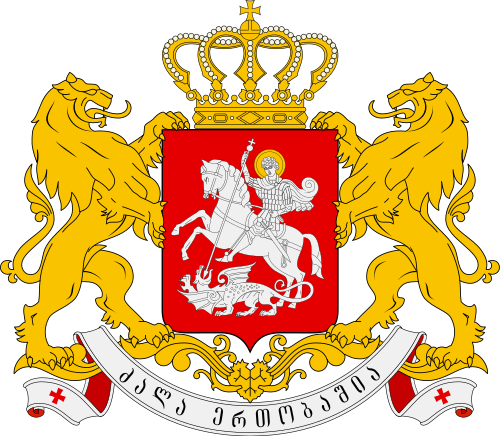
Imereti's SpaTowns
Tskaltubo
The so-called “waters of immortality” in Tskaltubo were probably already known in the 7th-9th centuries, when the oldest historical records are dated. Since the 18th century several foreign researchers talked about the healing properties of these springs:Berlin Society of Friends of Natural Science (1782); J.Klaproth (1815); A. Jolenberg (1897). By 1920, after chemical analysis had revealed the uniqueness of the water, Tskaltubo was officially declared a medical spa resort, achieving the status of city in 1953.
Tsakulbo's Golden Age came in the Soviet era, and is linked to the figure of Joseph Stalin, perhaps Tskaltubo 's most famous visitor. Nowadays, tourists can still visit the private pool where he bathed on his visits to the town
As one of Georgia's flagship historic spa towns, the town is still pretty popular not only for the qualities of its waters, but also for its magnificent built heritage, its green landscapes and the fascinating beauty of its local caves, where visitors can benefit from the therapeutic properties of their dust-free atmosphere and even find dinousaurs' footprints.
With the help of investment from the World Bank, today the spa facilities and public spaces in Tskaltubo are now being restored to their former glory, in order to attract more visitors. Indeed, the economic potential of the resort was a driving force in the creation of Georgia’s first National Tourism Strategy.
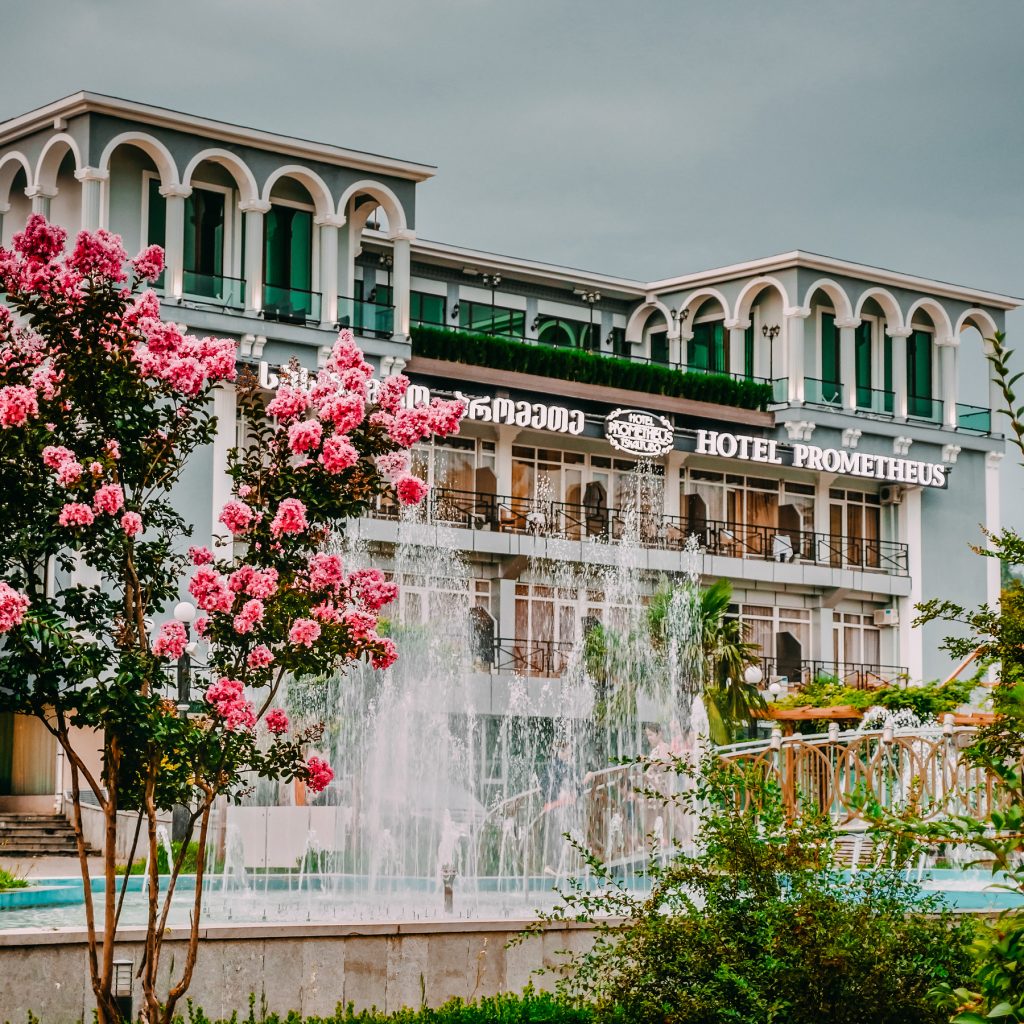
The unique radon-carbonated waters are Tskaltubo's major mineral resource.
They emerge at a comfortable temperature for bathing (35ºC), allowing them to be directly transferred from springs to the baths without cooling or heating.
These exclusive waters are used to relieve a number of conditions including skin, metabolic, and circulatory diseases .It effectiveness make them useful to treat up to 60 conditions!
Particular attention should be given to Spring №6, which is the largest thermal bath working today. Built during the Soviet era right above the natural spring, it comprises 3 pools and 50 individual baths, with mineral-radon water procedures. They offer treatment for osteochondrosis, ankylosing spondylitis, stature disorder, rheumatoid polyarthritis, spondyloarthritis, urologic and andrologic diseases, gynecological and skin illnesses, etc.
In July 2015 the new medical thermal centre Tskaltubo-BE Healthy was established, equipped with the latest technologies and modern infrastructures. It offers treatments with healing waters and various sanative procedures. The centre is notable for its wide offer of services available in its calm and comfortable environment: face and body care, skin strengthening, innovative non-surgical methods for rejuvenation, and many other health-improving practices
The pure clean air and microclimate of Tskaltubo’s karst caves – Sataplia, Satsurblia and Prometheus – is also a popular health resource, said to benefit people with asthma and other lung diseases.

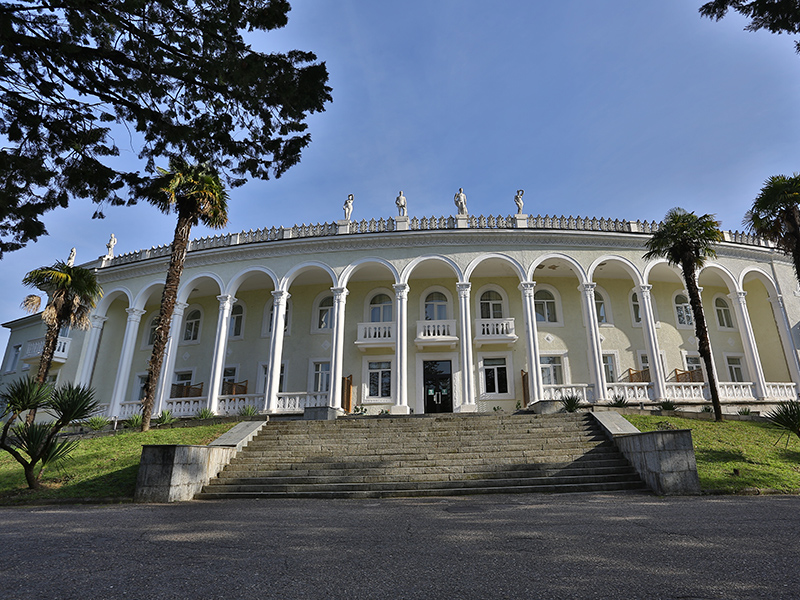
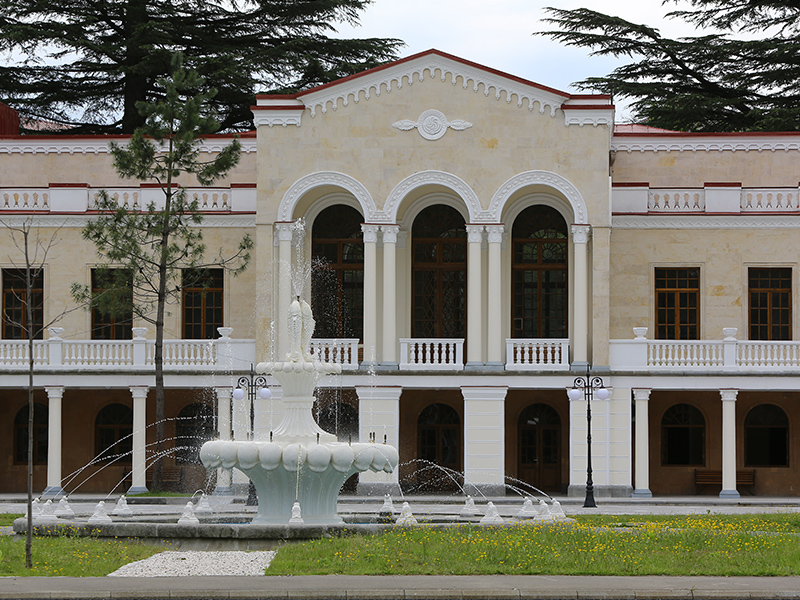
Tskaltubo Tourism Development Center
Sairme
Named after the deer which visited the springs for water and salt, Sairme Wellness Resort is located in a mountainous subtropical area of Baghdati Municipality, by far the largest greenery among the European and South Caucasian resorts (60 ha), 950 meters above the sea level and south of Kutaisi.
Sairme has been known since the 1890s for its mineral springs, although the development of tourist infrastructure did not began until a few years ago.
The resort, which benefits from a mild climate and pristine environment, boasts clinics, spa centres, swimming pools, sports facilities shopping areas, restaurants and the modern Sairme Hotel. Built in 2013, it features 150 rooms to accommodates up to 390 people.
Beyond the healing qualities of its 6 mineral springs, Baghdati Municipality is also well known for its wines, with no less than 20 traditional wineries, and for its hilly surroundings, with several kilometres of marked paths trails to explore hiking or by bicycle.

Sairme Mineral Waters are one of the most popular in Georgia, being bottled and distributed - sparkling and still - since 1950s
Sairme is home to six mineral springs, each with with different chemical compositions. Water is available for drinking at four buvettes, each one are associated with treatments for numerous diseases.
- Buvette #1 .- Used to treat gallstones.
- Buvette #2 .- Indicated for metabolism disorders.
- Buvette #3.- Useful for gastrointestinal conditions
- Buvette #4.- Indicated for kidney diseases.
The rehabilitation center is equipped with state-of-the-art appliances supplied by Kraft German company, offer several cutting-edge rejuvenating treatments.
The health center, working 24/7, offers therapeutic, cardiology and urology services, a modern laboratory and ultrasound equipment.

